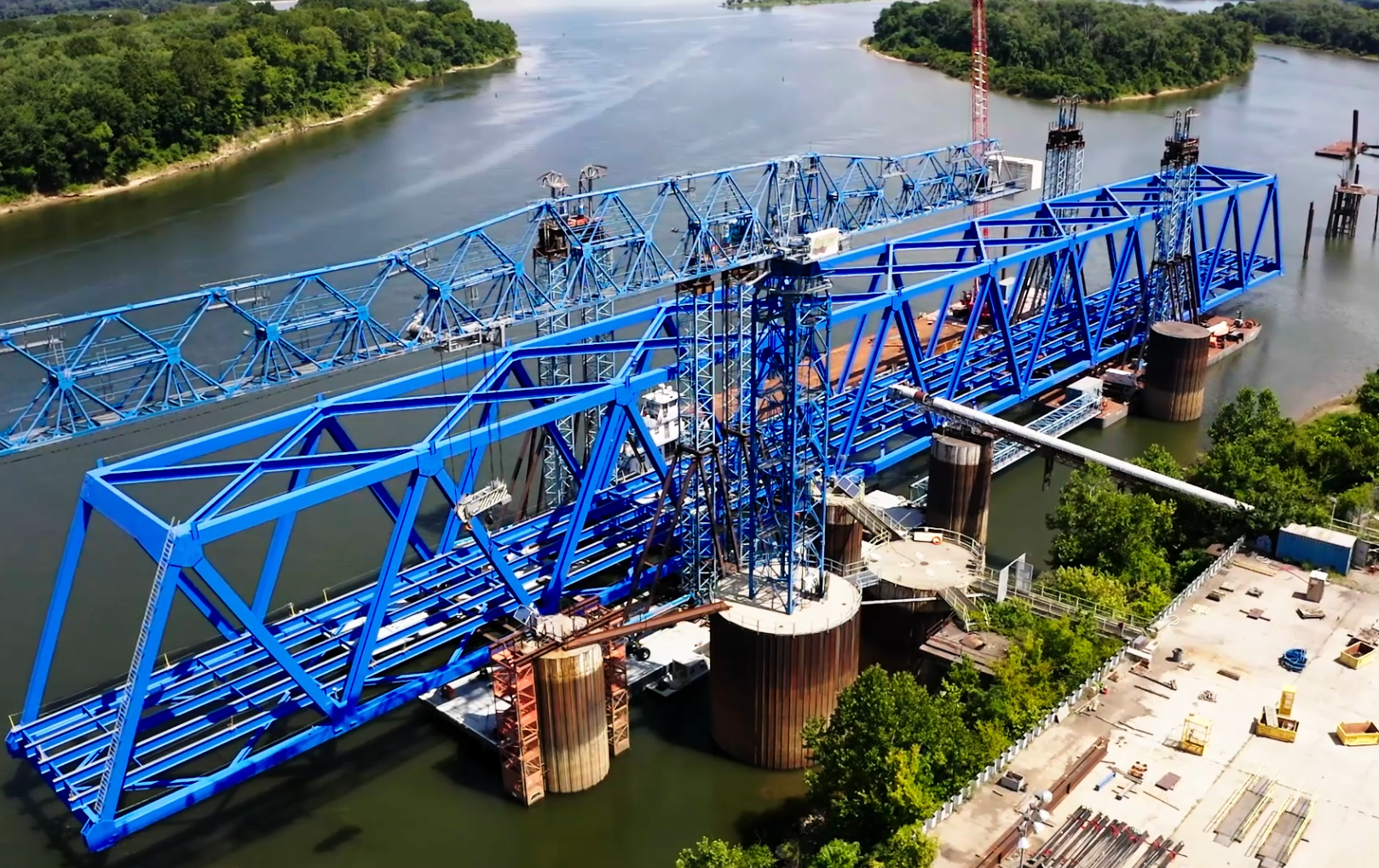At BFW/Marcum, we’ve long understood the importance of inland waterways. They’re not just a crucial part of the nation’s freight network. They serve as the economic backbone of many heartland communities. With more than 12,000 miles of navigable rivers and over 200 inland ports, this system quietly powers over $134 billion in commerce annually (source).
As this infrastructure grows in relevance, so too has our commitment. We’ve expanded our port-related services and brought on new leadership to strengthen our impact. Ken Bowen has recently joined our team as Port Infrastructure Division Manager, bringing years of experience in marine and heavy civil infrastructure and a clear vision for helping our partners grow their capacity, improve safety, and plan for the future. Ken joins forces with Maegan Mansfield, Project Manager and Civil Engineer, who continues to develop our riverport projects with her signature combination of technical expertise and community-centered planning.
Together, they are helping port authorities and stakeholders across the region answer one vital question: Are we ready for what’s next?
Smart Port Planning for a Resilient Future
Through our Port Authority Master Planning services, we help clients assess their current infrastructure, evaluate funding opportunities, identify opportunities for growth, and build a roadmap for development. Whether it’s planning for bulk handling facilities, container transloading, barge fleeting areas, or intermodal integration, our goal is to create customized, actionable plans that support long-term success.
What sets BFW/Marcum apart is our understanding that no two ports are the same. From land availability and utility access to workforce readiness and environmental considerations, we approach each project with a deep respect for its unique challenges. We also bring a proven strategy for overcoming them.
Engineering that Connects
In our recent Inland Waterways video (watch here), Ken and Maegan discuss the increasing importance of these river systems. They’re not only vital for transporting goods; they also connect communities and industries. As cargo volumes shift and economic trends evolve, inland ports offer a flexible, cost-effective alternative to congested highways and rail lines.
Here are a few key takeaways from the conversation:
- Inland waterways move more freight at a lower cost and with lower emissions than trucks or trains.
- Many port authorities are currently underutilizing available space and could expand operations with the right planning.
- Infrastructure upgrades like barge fleeting areas and transloading facilities can unlock significant economic potential.
- Collaboration with local governments and utility providers is critical for seamless integration with surrounding communities.
- Long-term success depends on a phased, flexible master planning approach tailored to each site’s unique characteristics.
That’s why our work doesn’t stop at the water’s edge. We collaborate with local and federal governments, economic development agencies, and private operators to ensure that port improvements match with the right roads, rails, and utility infrastructure. The result? Smarter investments, stronger connections, and ports that are built to thrive in the decades ahead.
Why It Matters
Infrastructure may be invisible to most, but its impact is anything but. Every ton of freight that moves on a barge instead of a truck reduces emissions, cuts costs, and extends the life of public roads. Riverports help small communities plug into global markets and give local businesses the capacity they need to compete.
We’re proud to be part of this mission, and we’re just getting started.
If your inland port is ready for new growth, BFW/Marcum is ready to help. Let’s build something that moves more than just cargo. Let’s help your community thrive.


Recent Comments